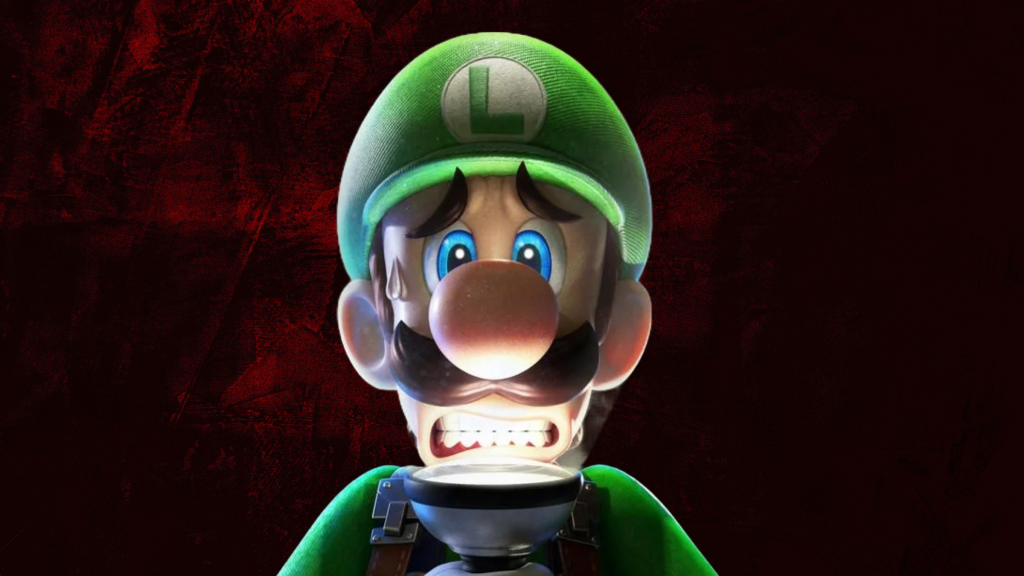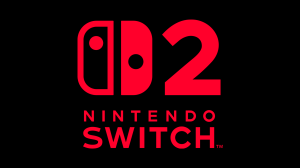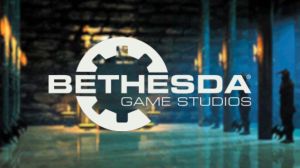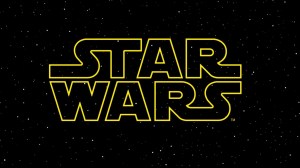24 years ago, Nintendo gave one of its oldest characters a fresh personality overhaul, and the changes have stuck ever since. One of the best elements of Nintendo’s mainline games is the way they establish just enough personality in their characters to make them consistent but broadly appealing enough that anyone can see themselves in them. Characters like Mario, Link, and Samus have specific personality traits that make them heroic, but there’s enough room for the player to infuse their own perspective into the gameplay experience.
Videos by ComicBook.com
Over time, certain characters have been tweaked or reinvented to better connect with audiences. Characters like Wario, Donkey Kong, and Princess Zelda come to mind, who have been refined throughout the years to develop more striking traits. One of the most effective examples of this remains Luigi, who was originally just Mario with different clothes. While he gradually gained more unique traits over time, it wouldn’t be until 2001’s Luigi’s Mansion that he really stood out from his brother. Here’s how Nintendo’s overhaul of Luigi became a crucial element of the character and why fans embraced it so thoroughly.
Luigi’s Evolution From Player 2 To Starring Role

When Luigi was introduced, he was more or less just a palette swap for players tackling the early Super Mario Bros. titles’ multiplayer mode. This was first addressed in “The Lost Levels” for the original game and Super Mario Bros. 2, which both distinguished the character from his older brother gameplay-wise by giving him better jumps but slippier landings. He was also made taller and leaner in his character design, giving him more distinct visual qualities that could help him stand out from Mario.
Adaptations like the live-action Super Mario Bros. movie and The Super Mario Bros. Super Show! TV series leaned into the character’s status as the younger of the pair, playing up his immaturity and naivety compared to Mario. This became the character’s default characteristic in the Super Nintendo and Nintendo 64 era, which portrayed Luigi as perpetually being stuck in Mario’s shadow. However, there was still little in the way of a concrete personality for the character. The same could be arguably said for Mario in this period, but his starring role in the franchise at least gave him a more heroic presentation that gamers could latch onto.
This all changed with Luigi’s Mansion. Released in 2001 as one of the launch titles for the Nintendo GameCube, Luigi’s Mansion pushed the character into the spotlight and differentiated itself from other titles in the franchise by embracing a light-horror touch. Players were tasked with exploring a haunted mansion as a terrified Luigi, using technology designed by Professor E. Gadd to help combat the Boos that had captured Mario.
While it largely lacked dialogue for Luigi in a way that’s consistent with the franchise as a whole, cutscenes and gameplay highlighted Luigi’s terror at the situation. This element of the character became a defining trait through the title and produced a successful series of games. Luigi’s struggles to keep his resolve as he moves further into haunted settings and is confronted with more unruly spirits became a defining depiction of the character. Luigi’s Mansion was a solid success for Nintendo, and the way it reinvented Luigi has become the default version of the character ever since.
Why Developers And Audiences Love A Scaredy Cat Luigi

Giving Luigi a distinct personality in Luigi’s Mansion ended up being a big boon for the character, both with game developers and broader audiences. Narrative-driven games like Mario & Luigi: Superstar Saga, expansive platformers like Super Mario Galaxy, and larger Nintendo crossovers like Super Smash Bros. Brawl all leaned into this personality tweak, playing up his fearful attitude in the face of new threats. Although there are some outliers (like Paper Mario: The Thousand-Year Door and its depiction of him as an adventurer), the Mario franchise as a whole has embraced this fearful approach to the character.
It’s even central to his depiction in The Super Mario Bros. Movie, which leans heavily into the element for comedic purposes. For developers, Luigi having his own unique personality and unique technology derived from Luigi’s Mansion helps him stand out further from Mario. It brings a different flavor to the franchise in a way that can be depicted naturally in both gameplay and cut-scenes. It also ended up being a clever way to portray the character for audiences, who fell in love with this depiction.
Specifically, it gave Luigi a truly admirable quality. Although he’s frequently scared by his circumstances, he’s never necessarily a coward who turns away from people in need. Instead, while Luigi might be terrified, he’s always willing to put it all on the line to help his brother and save the day. It makes Luigi an admirable character in a lot of ways, with a more relatable personality than his perpetually confident brother.
It all gives audiences plenty of reason to embrace the character and his growth, with games like Luigi’s Mansion 3 and Mario & Luigi: Paper Jam using his fearful personality to highlight his internal resolve. While Luigi’s scaredy-cat tendencies have been played for laughs by Nintendo, they’ve also made him a more compelling character. It may have taken over a decade of game appearances to give Luigi a truly unique personality, but it’s one that has stuck with the publisher and that fans have come to love.








